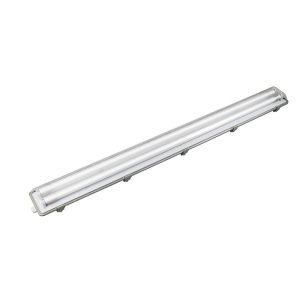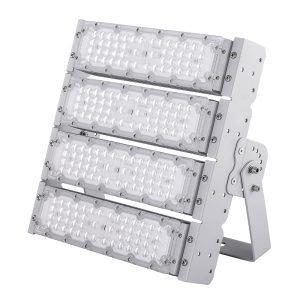The rise of high power LED (Light Emitting Diode) technology has revolutionized the lighting industry, and at the heart of this transformation lies the high power LED factory. These factories are specialized in the production of high-intensity LED chips, modules, and lighting fixtures that are increasingly being adopted in various applications, from street lighting to industrial settings. This article delves into the world of high power LED factories, exploring their significance, production processes, and the impact they have on the global market.
Introduction to High Power LED Factories
High power LED factories are modern, sophisticated facilities that focus on the manufacturing of high power LEDs. These factories are equipped with advanced machinery and skilled labor to ensure the production of high-quality, energy-efficient LED products. The process begins with the creation of LED chips, which are then assembled into modules and finally into complete lighting fixtures. The scale of these factories can vary, from small-scale operations to large, multinational corporations with production lines spanning thousands of square meters.
Significance of High Power LED Factories
The significance of high power LED factories cannot be overstated. They are at the forefront of technological innovation, driving the transition from traditional lighting sources to more sustainable and energy-efficient alternatives. Here are some key reasons why these factories are crucial:
1. Energy Efficiency: High power LEDs consume significantly less energy than traditional lighting sources like incandescent bulbs or fluorescent tubes. This not only reduces electricity bills but also has a positive impact on the environment by reducing carbon emissions.
2. Longevity: LED lighting products have a much longer lifespan compared to conventional lighting sources. High power LED factories ensure that the products they produce are durable and can last for decades, reducing the need for frequent replacements.
3. Customization: High power LED factories can produce customized lighting solutions tailored to specific applications, whether it’s for outdoor lighting, automotive lighting, or industrial settings.
4. Innovation: These factories are hubs of innovation, constantly pushing the boundaries of LED technology to create more efficient, brighter, and durable lighting solutions.
Production Processes in High Power LED Factories
The production of high power LEDs involves several complex steps, each requiring precision and expertise. Here is an overview of the typical production process:
1. Chip Fabrication: The process starts with the creation of LED chips. This involves growing a single crystal of silicon or sapphire, which serves as the base for the LED chip. The crystal is then cut into thin wafers and polished to a high degree of accuracy.
2. Dicing: The wafers are diced into individual LED chips using a laser or diamond saw. This process ensures that each chip is uniform in size and shape.
3. Bonding: The individual chips are then mounted onto substrates using a process called bonding. This involves applying a layer of metal or gold to the chip and substrate, which are then joined together using heat and pressure.
4. Encapsulation: The bonded chips are encapsulated in a clear, protective material that helps to dissipate heat and protect the LED from environmental factors like moisture and dust.
5. Testing: Each LED is tested for its electrical properties, brightness, and color to ensure it meets the required specifications.
6. Assembly: The tested LEDs are then assembled into modules, which can be further integrated into lighting fixtures.
The Global Market for High Power LED Factories
The global market for high power LED factories is growing rapidly, driven by factors such as increasing energy costs, environmental concerns, and technological advancements. Here are some key aspects of the global market:
1. Market Size: The global high power LED market is expected to reach several billion dollars in the coming years, with significant growth projected in regions like Asia, Europe, and North America.
2. Competition: The market is highly competitive, with numerous manufacturers vying for market share. This competition drives innovation and efficiency in production processes.
3. Regulatory Environment: Governments around the world are implementing regulations that encourage the use of energy-efficient lighting, which benefits high power LED factories.
4. Emerging Markets: Developing countries are increasingly adopting high power LED technology, driven by the need for cost-effective and sustainable lighting solutions.
Conclusion
High power LED factories are at the forefront of the lighting industry’s transformation. With their focus on energy efficiency, durability, and innovation, these factories are not just producing lighting products but also contributing to a more sustainable future. As the demand for high power LED solutions continues to grow, these factories will play a crucial role in shaping the lighting landscape of the future.













Explore More from Queendom Lamp
Stay updated with the latest LED technology, lighting solutions, and industry insights.
Request a Quote About Queendom